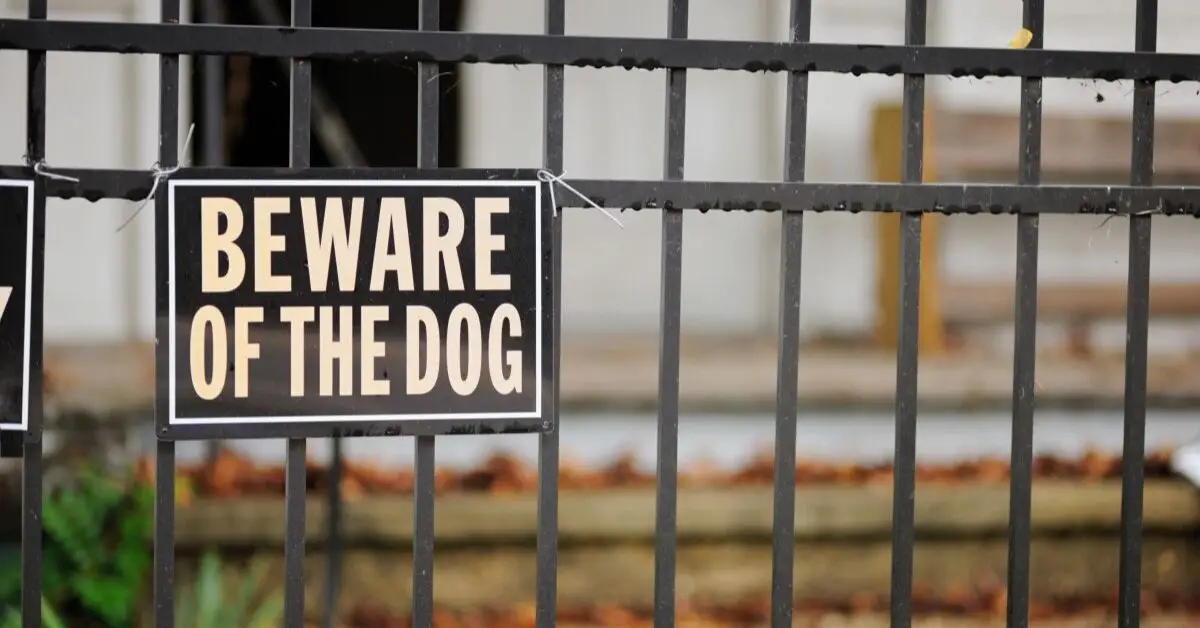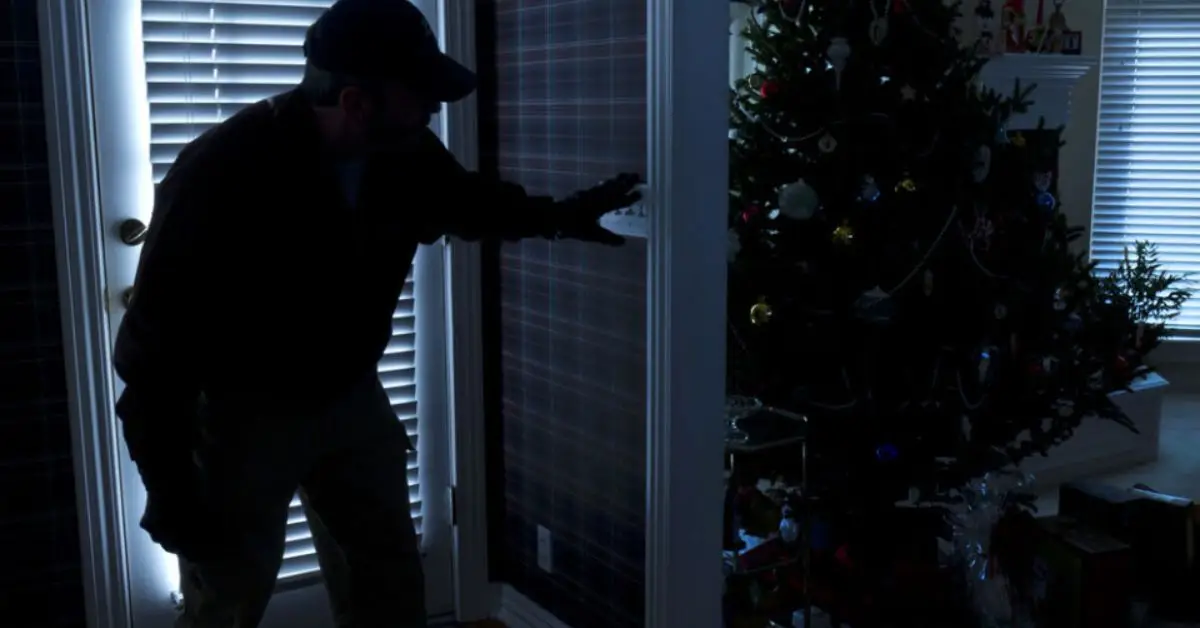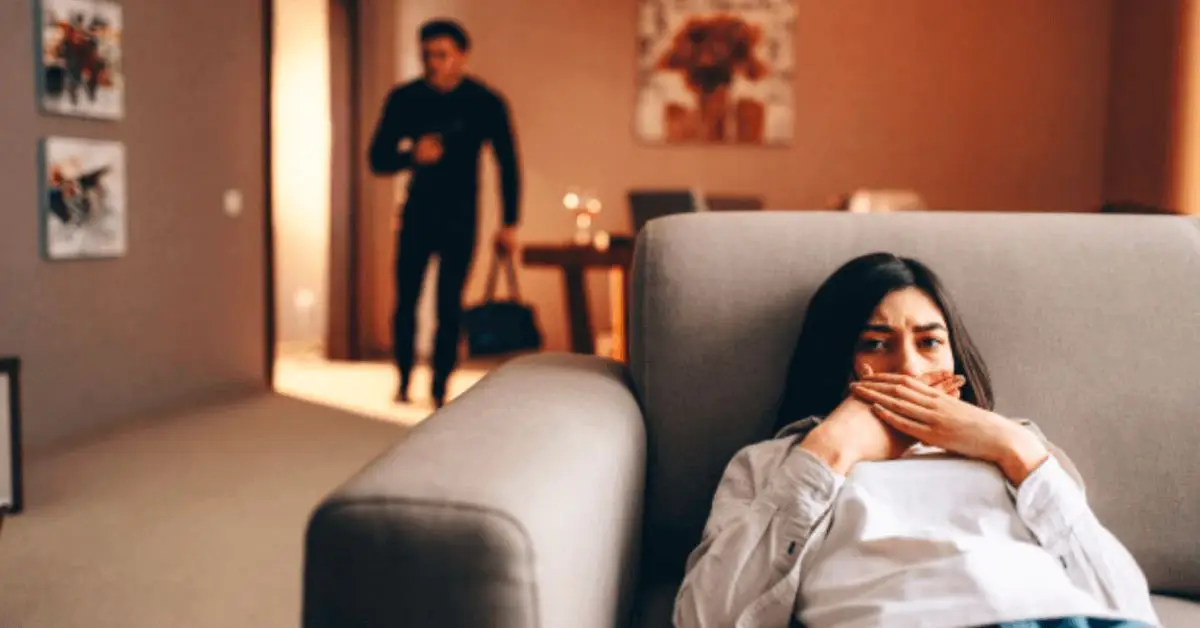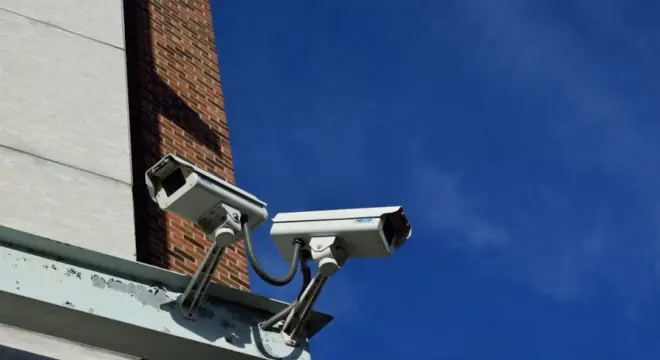10 Things Burglars Don’t Want You to Know About Home Security
I used to think burglaries were rare, the kind of thing that only happened on TV or in the news. But the more I dug into real-life reports and expert interviews, the more I realized how wrong I was. Burglars don’t just break in randomly—they watch, plan, and look for opportunities where homes seem easy targets. Even small oversights, like leaving social media posts about vacations or ignoring weak locks, can make your house vulnerable.
In this article, I want to share 10 shocking facts about how burglars actually operate and how they pick their targets. Some of these insights are surprising, and knowing them can completely change the way you think about home security. By the end, you’ll have practical tips to protect your home and peace of mind knowing that you’re taking steps most people overlook.
1. Burglars Often Enter Through the Front Door
I used to think burglars mostly sneak in through windows or backdoors. But the truth is, the front door is the most common entry point, and ignoring it is a mistake many homeowners make.
What you need to know:
- 34% of burglars enter through the front door.
- Even small things like unlocked locks or a weak door frame make it easy for them. For more detailed insights and the latest statistics on home burglaries, check out these 11 eye-opening home burglary stats every homeowner needs to know.
- The Zebra notes that many homeowners underestimate how vulnerable their front entrances are.
What you can do:
- Always lock your doors—even if you’re just stepping out for a few minutes.
- Reinforce the door frame and use a deadbolt.
- Consider a smart lock or door sensor to get alerts when someone tries to enter.
2. Most Break-Ins Occur During Daylight Hours

I used to believe burglaries only happen at night. Honestly, it’s easy to think that way. But the reality is that many break-ins occur during the day, often when homeowners are at work, school, or running errands.
What you need to know:
- Daytime burglaries are surprisingly common.
- Burglars often observe your routines to find the best time to strike.
- Homes that appear “empty” during the day are more likely to be targeted.
What you can do:
- Ask a neighbor to watch your home when you’re out.
- Use timers for lights to make your home look occupied.
- Avoid posting on social media that you’re away—wait until you’re back.
3. Burglars Scout Homes Online Before Striking
Here’s something that really made me rethink online sharing: burglars research homes online before even stepping outside. Property listings, virtual tours, or vacation posts can give them a blueprint of your home.
What you need to know:
- Former burglars admit that online listings give them detailed layouts and entry points.
- Even harmless social media posts can reveal when your home is empty.
What you can do:
- Limit what you share online about your property.
- Avoid posting travel plans in real time.
- Think of your online profile as part of your home security plan.
4. “Beware of Dog” Signs Can Be Misleading

We all like to think a “Beware of Dog” sign keeps burglars away. I used to rely on it myself, but experts say it can sometimes backfire.
What you need to know:
- Burglars may think the sign means there’s no motion detector, making the home easier to target.
- Relying only on signs gives a false sense of security.
What you can do:
- Use multiple layers of protection—like alarms, cameras, and motion sensors.
- Make your home look occupied even when it isn’t.
- Treat the sign as just one part of your security strategy, not the whole plan.
5. Uncollected Mail Signals an Empty Home
I never realized that piled-up mail can make your home a target. Burglars are always looking for signs that nobody’s home.
What you need to know:
- Uncollected mail or packages are a big red flag.
- Even newspapers left at the doorstep can attract intruders.
What you can do:
- Hold mail delivery if you’re going away.
- Ask a trusted neighbor to collect your mail.
- Consider a smart mailbox or delivery locker.
If you want some practical tips on keeping your home secure while away, The Guardian has a great guide.
6. Basic Security Measures Are Often Overlooked
Sometimes we overcomplicate security, but I’ve found that simple steps often make the biggest difference. Many homeowners skip these, making their homes easy targets.
What you need to know:
- Deadbolts, security cameras, and locked windows are often neglected.
- Burglars look for homes that appear easy to enter—don’t make yours one of them.
What you can do:
- Install deadbolts on all doors.
- Use security cameras in visible areas to deter intruders.
- Make sure all windows and secondary doors are locked at all times.
7. Vacations Are Prime Times for Break-Ins

I’ve noticed burglars love holiday periods. When we’re away enjoying ourselves, our homes become prime targets.
What you need to know:
- Burglary claims spike during holiday seasons.
- Burglars monitor homes that appear empty for long stretches.
What you can do:
- Use timers on lights to make your home look occupied.
- Ask a neighbor to park in your driveway or check in on your property.
- Avoid announcing your trips on social media until after you’re back. Heading out for a trip? Make sure you take these 5 essential steps before going away for the weekend to keep your home safe while you’re gone.
8. Smart Home Devices Can Enhance Security
Technology has changed the game. Smart devices like cameras and motion sensors don’t just alert you—they actively deter burglars.
What you need to know:
- Video doorbells let you see who’s at the door in real time.
- Motion-activated lights can startle intruders before they enter. “While smart devices and lights can boost security, it’s also important to make sure your electrical setup is safe—here’s a guide on 5 warning signs your light switch could be a fire hazard and what to do about it.
- Security systems that connect to your phone allow instant alerts and monitoring.
What you can do:
- Invest in a video doorbell or indoor/outdoor security cameras.
- Use motion sensors for entry points and dark areas around the home.
- Integrate devices into a smart home app for full control even when away.
9. DIY Security Hacks Can Be Effective
I know security systems can be expensive, but the good news is you don’t need a huge budget to make your home safer. Some simple DIY hacks can actually deter burglars.
What you can do:
- Install motion-sensor lights around entry points—they scare off intruders before they get close.
- Secure sliding doors with a broomstick or rod in the track—this small trick makes it harder to force open.
- Use timers for lights when you’re away so your home appears occupied.
- These small actions can make a huge difference without breaking the bank.
For more practical DIY ideas, The Andover Companies has a great guide that I’ve found really useful.
10. Burglars Often Know Their Victims

Here’s a fact that surprised me: many burglaries are committed by someone the homeowner knows. That’s why trust and discretion are just as important as locks and cameras.
What you need to know:
- Burglars often study their targets and know routines, schedules, and weaknesses.
- Oversharing personal info or trusting the wrong person can make your home vulnerable.
What you can do:
- Be careful about who you give keys or access to.
- Avoid discussing travel plans or schedules with casual acquaintances.
- Stay vigilant even among people you think are trustworthy—sometimes familiarity can be exploited.
Actionable Dos & Don’ts for Homeowners
I know it can feel overwhelming to secure your home with all the risks out there, so this section gives you a clear, practical checklist you can actually use today.
Dos of Home Security
- Use strong locks and deadbolts on all doors and windows.
- Install alarms or smart devices like cameras and motion sensors.
- Conceal your absence when you’re away—timers for lights or asking a neighbor to check in helps.
Don’ts of Home Security
- Don’t overshare online about your home, schedule, or trips.
- Don’t ignore weak points like unsecured gates, basement windows, or sliding doors.
- Don’t leave valuables visible through windows or doors—keep them out of sight.
Conclusion
Taking control of your home security doesn’t have to feel overwhelming. The reality is, burglars are smart, observant, and opportunistic, but so are you. By understanding how they operate—from entering through front doors to scouting online—you can take proactive steps that actually make a difference. Simple measures like locking all doors and windows, using smart devices, managing mail and deliveries, and being mindful of what you share online can dramatically reduce your risk.
The key is consistency and awareness. It’s not just about installing cameras or alarms; it’s about creating a lifestyle where safety is integrated into your daily routine. Even small adjustments, like leaving lights on timers when you’re away or checking your home’s weak points regularly, add up to a much more secure environment.
I encourage you to take a moment today to assess your current security setup. Think about the gaps we’ve discussed, the actionable dos and don’ts, and what fits your home and lifestyle. Every step you take strengthens your peace of mind and protects your loved ones.
If these tips helped you, share your thoughts or experiences in the comments below—I love hearing how readers put these strategies into action. For more in-depth guides, practical ideas, and expert advice, visit Build Like New and keep your home safe and secure.


